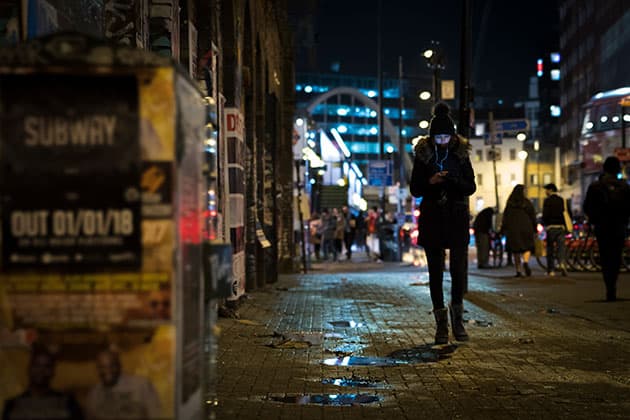
Credit: Angela Nicholson
1. Light in the dark
Because mirrorless cameras show the impact of their exposure settings, you get a much clearer view of dark scenes than when using the viewfinder of a DSLR. This is especially useful for long exposure photography and when using a Big Stopper ND filter during the day.
2. Zebra patterns
Those flashing black and white stripes make it absolutely clear where the highlights are and (with the right customisation) how close they are to burning out. Helpfully, a mirrorless camera can show them in the viewfinder or on the screen and when you’re shooting stills or video.
3. Viewfinder gridlines
We all need occasional help with composition, so the ability to see a grid in the viewfinder that marks out the ‘rule of thirds’ lines can be a bonus. Some cameras offer a collection of grids so it’s worth experimenting to find the one that works best for you.
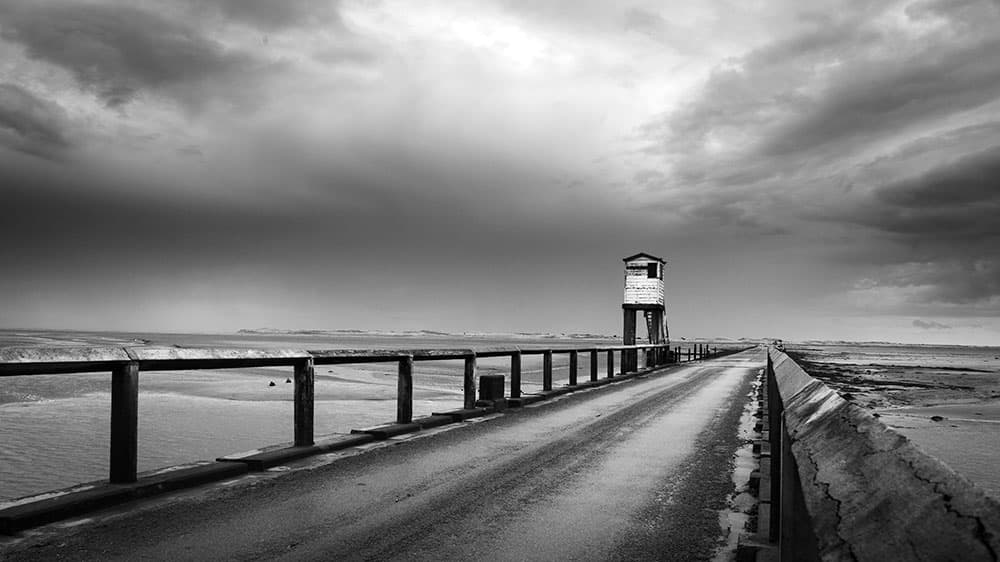
Credit: Angela Nicholson
4. Live histogram
Even with exposure preview, the ability to see a live histogram and/or the highlight and shadow warnings at the selected settings, enables you to extract every last scrap of dynamic range from the sensor and detail where you want it.
5. Electronic levels
A long time ago, I came to terms with the fact that I’m terrible at getting horizons level. Some high-end DSLRs are able to show a level in their viewfinder, but this is pretty standard with mirrorless cameras and it’s usually one of the first things I activate when I pick up a new model.
6. Exposure preview
One of the biggest advantages that a mirrorless camera offers over a DSLR is that the viewfinder and screen show you the image with exposure settings applied. As well as helping you get the exposure ‘right’ this makes it easier to see the creative potential of over or underexposing the scene. So before you take the shot, consider experimenting with the settings to see what’s revealed.

Credit: Angela Nicholson
7. No need to adjust
Image sensor-based autofocusing means that mirrorless cameras nail the autofocusing without the need for micro-adjustment whatever lens you mount to it. That means you will consistently get accurate AF even with fast lenses and subjects that are way off-centre.
8. Aspect ratio
Shooting with the aspect ratio of the final image in mind usually results in a far stronger composition. While some DSLRs indicate the selected aspect ratio, a mirrorless camera can show it cropped without any frame lines and distracting areas beyond. You’ll often find a choice of 3:2, 4:3, 16:9 and 1:1.
9. White balance preview and correction
The automatic white balance systems in modern cameras are pretty good, but they’re not infallible. However, just like the colour settings, you can assess the white balance of your image in the viewfinder or on the screen of a mirrorless camera before you take the shot. It’s especially useful when you set a custom white balance value or when you want to use the white balance adjustment controls.

Credit: Angela Nicholson
10. Easy manual focusing
Features such as Focus Peaking (which highlights the areas of highest contrast), the ability to magnify the live view image and Fujifilm’s clever Digital Split Image make it easier than ever to focus a lens manually. It’s a revelation if you’ve only ever peered through an optical viewfinder when focusing manually.
11. Fast lens preview
Typically, DSLR focusing screens max out at around f/2.8 which means you don’t get an accurate view of the depth of field with fast lenses. No such problem with a mirrorless camera. This is useful when you’ve splashed out on an f/1.8 or f/1.4 portrait lens.
12. Colour preview
Most cameras offer a selection of colour modes and filter effects, but their impact isn’t visible in an optical viewfinder. The electronic viewfinder (EVF) of a mirrorless camera lets you see the colours as they will be captured before you take the shot. That means you stand a greater chance of getting the JPEG image looking as you want it at the shooting stage.
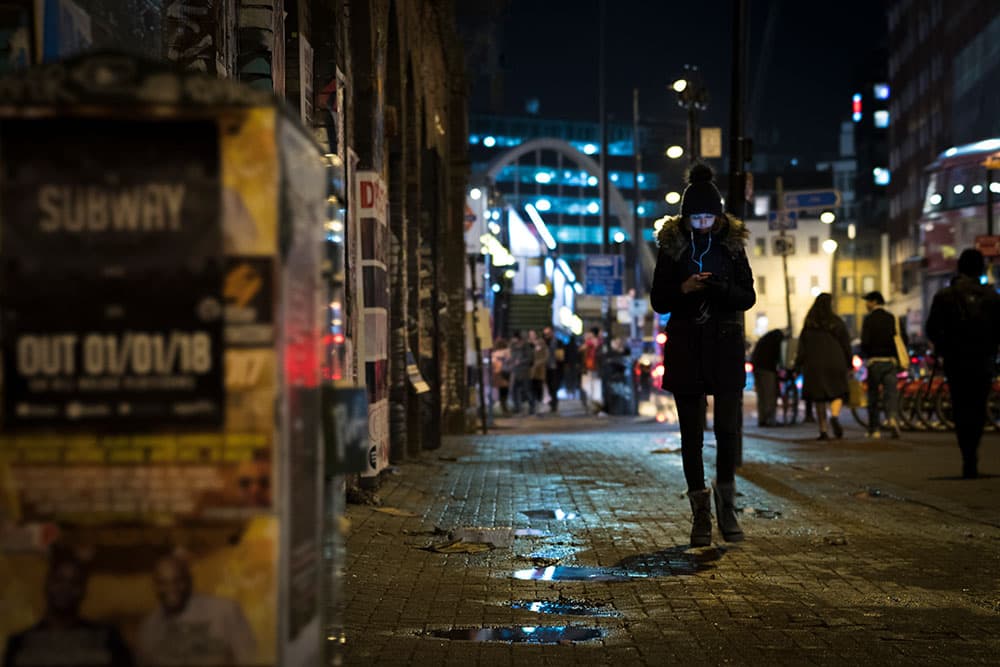
Credit: Angela Nicholson
13. Subject recognition
Mirrorless camera AF systems are becoming increasingly sophisticated making it easier to capture sharp subjects. Face detection is now commonplace, for example, and eye-detection focusing is appearing in more and more models, helping you get the most important part of your image razor sharp.
14. Depth of field preview
Let’s be honest, a depth of field preview button on a DSLR is fairly redundant these days. It’s far easier to take a shot and check the sharp zone on the back of the camera. With a mirrorless model, however, the camera can apply gain so the stopped-down view is bright enough to see and be useful before you take the shot. Some Panasonic cameras can even show you a shutter speed preview.
15. AF points close to the frame edge
The average mirrorless camera has way more AF points than a comparable DSLR. Those points also usually go much closer to the edge of the image frame so you can get your off-centre subject sharp without having to focus and recompose. In addition, having lots of points enables a mirrorless camera to track moving subjects around the frame.
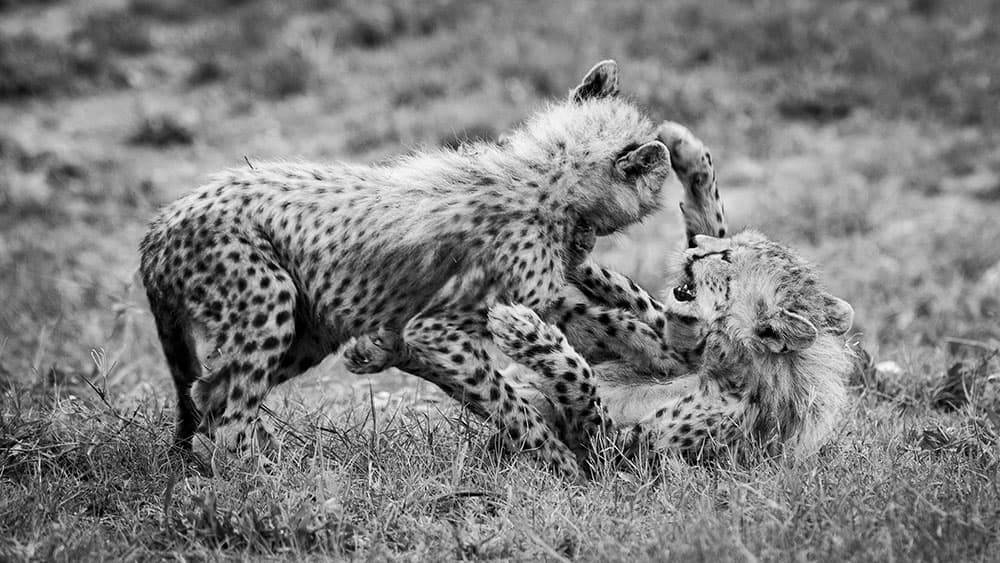
Credit: Angela Nicholson
16. No change in AF performance
DSLRs have two autofocus systems: one for use with the viewfinder and one for use in live view mode. This can result in a dip in performance when you switch to using the screen instead of the viewfinder. There’s no such issue with mirrorless as the AF system always uses the imaging sensor.
17. Multiple form factors
While their design allows a mirrorless camera to be smaller than a DSLR, there are a range of shapes and sizes available. The smallest tend not to have a viewfinder. Some come with chunky grips and optional battery grips if you like dual-grip handling. You can also choose between rectangular rangefinder-style mirrorless cameras with a viewfinder in a corner and SLR-style with the viewfinder in the centre of the top plate. There’s a model to suit everyone, and it’s worth looking at a range to decide the one that works best for you.
18. Seamless switching
Because mirrorless cameras operate in live view mode all the time, their performance is the same whether you’re composing images in the viewfinder or on the screen. Many cameras even have a sensor that detects when the camera is held to your eye to switch between the screen and viewfinder. DSLRs need to move their mirror out of the way before you can see the live view feed and the usual dedicated exposure metering, white balance and autofocus sensors all become redundant as the image sensor takes on their duties.

Credit: Angela Nicholson
19. Silent shooting
Electronic shutters are becoming increasingly common in mirrorless cameras and it enables them to shoot completely silently. That can be a huge advantage as it allows you to shoot when a DSLR would be too intrusive – for example, during a wedding ceremony or at the point of serve in a tennis match. However, as sensors read out data line-by-line, using the electronic shutter can create visible rolling shutter effect in images from some cameras. This results in fast-moving objects, like a golf club mid-swing, bending like a banana. Sony’s anti-distortion in the Alpha 9 does a great job of combatting the issue but other cameras still exhibit the effect.
20. Adapters
One of the problems with switching camera system is starting from scratch with lenses. However, there are quite a few lens adapters available to get around the issue, with simple mechanical and more sophisticated electronic options being on offer. Canon, for example, has the EOS EF-M adapter that allows you to use EF and EF-S lenses on its EOS M cameras while Sigma has the MC-11 available in Canon or Sigma mounts for people switching to a Sony mirrorless camera. Metabones also offers a range of adapters and Speed Boosters that have proved popular.
21. Better contact with your model
Thanks to their snappy performance and Face and/or Eye Detection AF, it often makes sense to use the screen to compose portrait images with a mirrorless camera. This allows you to interact with your subject, making them less aware of the camera and therefore more relaxed.
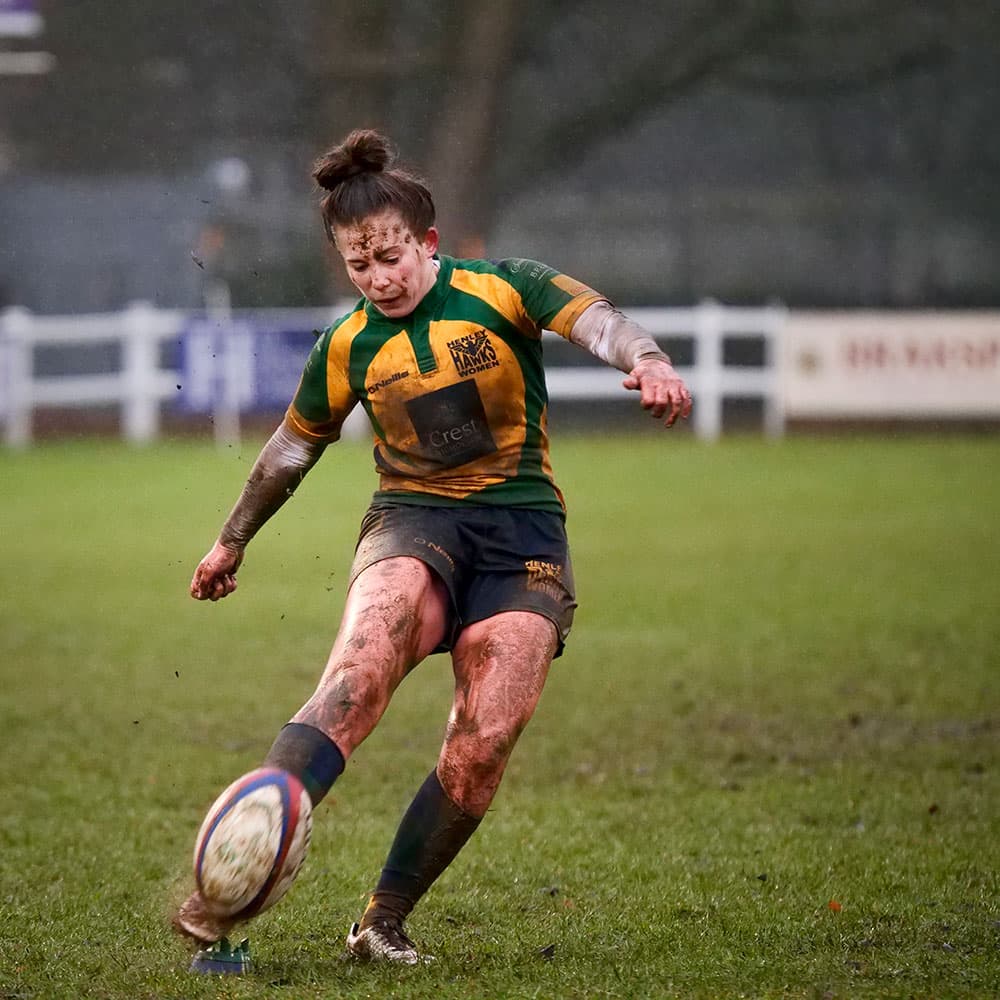
Credit: Angela Nicholson
22. High-speed shooting
Taking the mirror movements out of the equation means that mirrorless cameras are capable of high continuous-shooting rates. Nowhere is this more evident than with the Sony Alpha 9 and Panasonic Lumix G9, which both have a top rate of 20 frames per second (fps) with continuous autofocusing and metering. With some other cameras the top rate is only possible when the focus is set at the start of the burst, but the rates are still higher than a comparable DSLR. The Olympus OM-D E-M1 Mark II, for instance, can shoot up to 18fps with continuous focusing or 60fps in single AF mode.
23. Panasonic 4K and 6K Photo
Mirrorless camera manufacturers are always finding new ways to get more benefit from the latest technology. Panasonic’s 4K Photo and 6K Photo modes are great examples. These draw on the camera’s video capability to shoot at fast frame rates and then simplify extracting a still image from the footage in-camera.
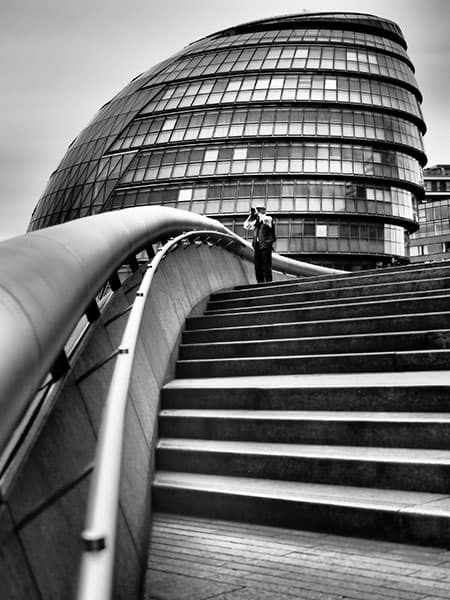
Credit: Angela Nicholson
24. Better for mono photography
It takes time to develop the ability to look at a colour scene and translate it into a range of greys, white and black, and visualise which elements will stand out from others. It’s easy with a mirrorless camera though. Once you’ve switched to Monochrome mode, the viewfinder and screen will show the scene in black & white, making it far easier to assess your composition. Also, if you shoot in raw and JPEG mode you’ll have the full colour file to make a bespoke conversion along with a black & white image for reference and/or immediate sharing.

